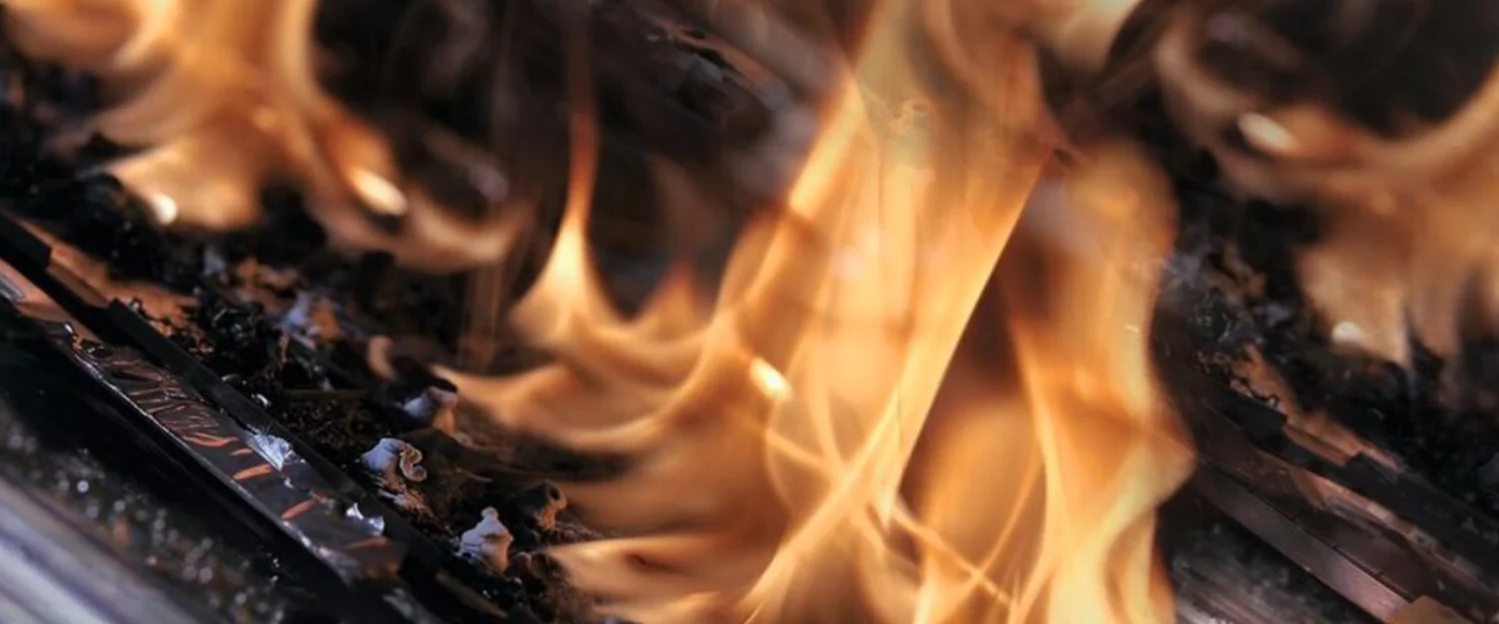From smartphones to electric vehicles, lithium-ion batteries are found in most modern electronics. However, their high energy density and chemical composition make them prone to safety risks if subjected to misuse, such as overcharging, short-circuiting or physical damage.
Thermal runaway, a chain reaction of heat generation within the battery, is a significant concern for lithium-ion batteries, which is why they must undergo abuse testing to ensure their safety and reliability in real-world conditions. Battery abuse tests, also known as destructive battery tests, simulate extreme conditions to identify potential failure modes that could compromise safety, including thermal runaway, leakage or even explosion. Abuse testing helps to evaluate the battery’s response to overheating and assesses the effectiveness of thermal management systems.
Battery Abuse Tests, such as overcharging or ‘nailing’, in which the battery is pierced with a pointed object, require suitable test environments, which is why Weiss Technik have been carrying out beta testing on a new environmental test chamber design.
Our latest innovation, the ExtremeEvent, is a special environmental test chamber produced for testing lithium-ion batteries for the automotive industry and possibly other markets e.g. aerospace. This chamber allows battery manufacturers to deliberately allow the batteries to explode or catch fire - a catastrophic condition for the batteries.
The ExtremeEvent test chamber is equipped with tertiary explosion protection, which limits the effects of explosive fires during destruction tests on lithium-ion batteries to a safe level. The specially designed test chamber allows mechanical, thermal and electrical abuse tests under constant test conditions. The reinforced chamber design and the innovative flap mechanism for pressure release create a safe test environment for operator and test specimen. The Weiss Technik ExtremeEvent climatic test chamber will enable you to perform battery abuse tests safely and reproducibly in the future.
Tertiary explosion protection is designed to limit the effects of an explosion to a safe level. EUCAR, the European Council for Automotive Research & Development, has established a range of battery damage severity levels from 0 to 7. These include irreversible loss of function (level 1), fire or flame (level 5) and explosion (level 7). Hazard level 7 is defined as the highest possible level on the hazard scale.
This means that the new tertiary explosion-proof test space can be used when tests are likely to involve an increased number of level 5 to 7 events. With the TÜV-certified ExtremeEvent, Weiss Technik sets an exceptional standard of safety and health protection for destructive tests involving fire, flames or even explosions.
The massive advantage of this chamber is that it is able to be re-used after each test. Typically, if there has been a fire or explosion of a battery, then the chamber will be damaged and almost certainly scrapped. We believe that we are probably the only company in the world that are capable of reaching the EUCAR Hazard Level 7 capability.
Our experience is an important source of expertise for the safety and quality of the new test chamber. It also forms the basis for providing detailed advice to the customer, including sound support for risk assessment. This ensures that every test finds the right system – even in extreme cases. With this technology, we are opening up new areas of application and respond to our customers‘ need for precise and qualitative solutions.
The ExtremeEvent will be on display at Batterietagung in Münster, Germany in April. If you’re interested in seeing a prototype of our latest environmental test chamber and speaking to one of our experts, please get in touch with our sales team here, who can arrange for you to come along with us to the conference.
Contact Us
If you would like to know more about our environmental test chambers please get in touch to speak to one of our professionals. Call us on 01509 631 595 or email us on enquiries.gb@weiss-technik.com.

